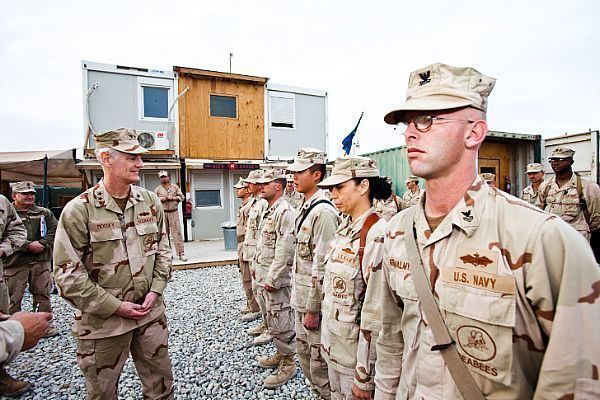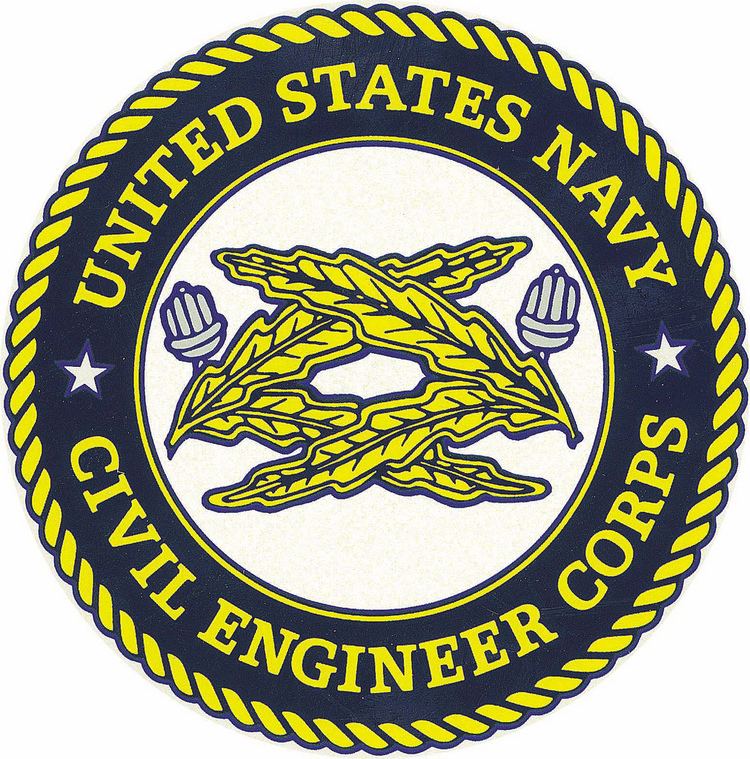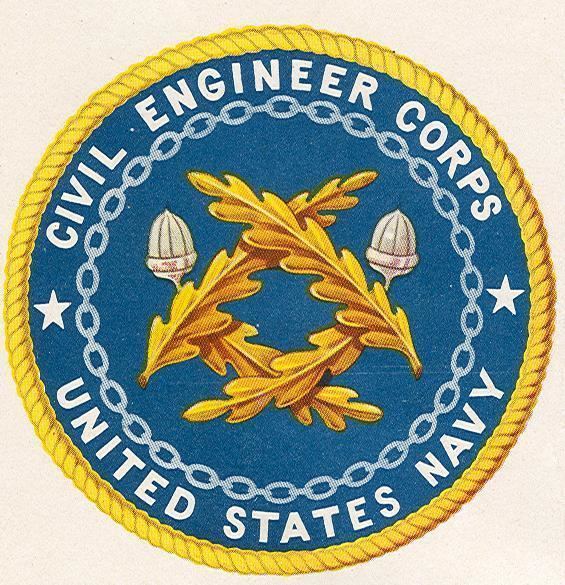Active 2 March 1867 – present | Allegiance U.S. Nickname(s) Crossed Bananas | |
 | ||
Country United States of America Branch U.S. Navy (Active & Reserve Component) Similar United States Navy, Seabee, Medical Corps, Judge Advocate General's, Continental Navy | ||
Civil engineer corps officer school
The Civil Engineer Corps (CEC) is a staff corps of the United States Navy. CEC officers are professional engineers and architects, acquisitions specialists and Seabee Combat Warfare Officers. They are responsible for executing and managing the planning, design, acquisition, construction, operation, and maintenance of the Navy's shore facilities. The Civil Engineer Corps is under the command of the Chief of Civil Engineers and Commander, Naval Facilities Engineering Command. As of 4 November 2015, RADM Bret J. Muilenburg relieved RADM Kate L. Gregory, and became the 44th commander of NAVFAC and Chief of Civil Engineers.
Contents

CEC ranks range from CWO2 to RADM, though the community is phasing out Chief Warrant Officer ranks in favor of Limited Duty Officers. As of January 2016, the Active-Component of the CEC is composed of 1 RADM, 3 RDML's, 78 CAPT's, 166 CDR's, 280 LCDR's, 478 LT's, 165 LTJG's, and 151 ENS's, distributed worldwide.[1]
History

Civil engineers were employed by the Navy Department as early as 1827, when Mr. Loammi Baldwin was appointed to superintend the construction of dry docks at Boston and Norfolk. Prior to the passage of the Act of 2 March 1867 civil engineers were appointed by the Secretary, but under authority of that act they were to be commissioned by the President by and with the advice and consent of the Senate; they were appropriated for as part of the civil establishment at the several navy yards and stations under the control of the Bureau of Yards and Docks until 1870, when their pay was regulated by section 3 of the Act of 15 July of that year fixing the annual pay of officers of the Navy on the active list, and appropriations for their pay have been made since 1870 under the head of "Pay of the Navy".

The discretionary authority given to the President by the Statute of 3 March 1871, to determine and fix the relative rank of civil engineers was not exercised until the 24th of February 1881, when relative rank was conferred upon them and fixed as follows: One with the relative rank of captain (CAPT), two with that of commander (CDR), three with that of lieutenant-commander (LCDR), and four with that of lieutenant (LT).

The Navy Regulations for 1876 failed to list civil engineers among the staff officers of the Navy, and the uniform regulations for that year did not prescribe a uniform or a corps device for that class of officer. In 1881, after having had relative rank conferred upon them, civil engineers were instructed by Uniform Circular dated 24 August to wear the uniform of officers of the line with whom they had relative rank - omitting the star, which is a distinguishing mark of the line - with the following distinctive marks and devices instead of those worn by other officers:
"The sleeve lace to be on light blue velvet.

"Shoulder straps - border embroidered gold, body light blue cloth and the letters C.E. (Old English) embroidered in silver in the center.
"The same letters to be similarly embroidered on frogs of epaulets."

In 1905, two crossed silver sprigs, each composed of two live oak leaves and an acorn (sometimes called "Crossed Bananas"), was adopted as the insignia of the Civil Engineer Corps in lieu of the Old English letters C.E., and worn on the epaulets, shoulder straps and collar of the service coat. While the pattern of this corps device remained the same, uniform regulations issued in 1919 specified that it was to be embroidered in gold instead of silver and worn on the sleeve of frock, evening dress, and blue service coats, above the gold lace strips, and on shoulder marks for white service coat and overcoat. By these same regulations the light blue cloth worn under the sleeve strips, and worn on the shoulder marks since 1899, was abolished as a distinction of the corps, however is still present in the light blue color of the stripes worn by the enlisted sailors in the construction field in the pay grades of E-3 and below.
In March 2014, RADM Katherine L. Gregory, CEC, USN became the first woman to lead the CEC.
